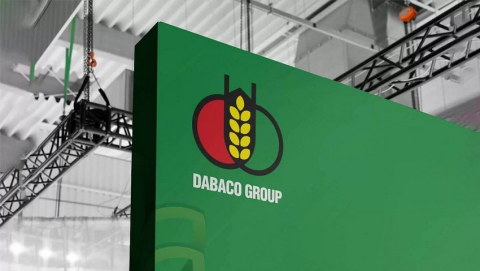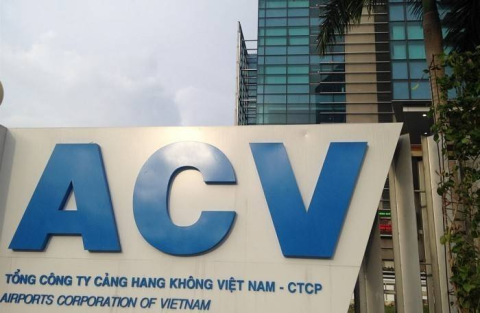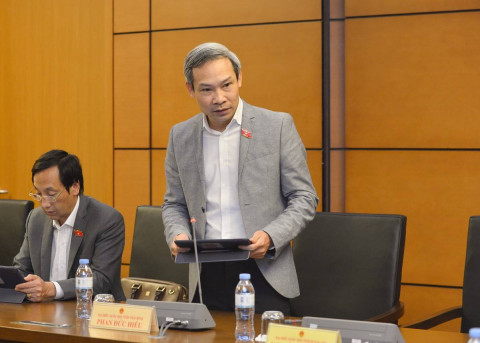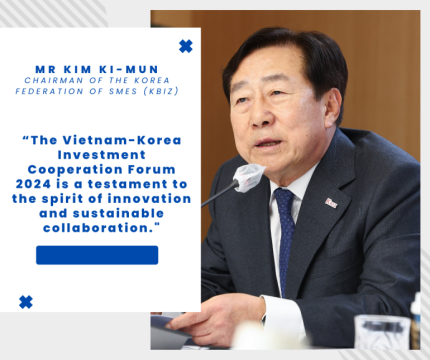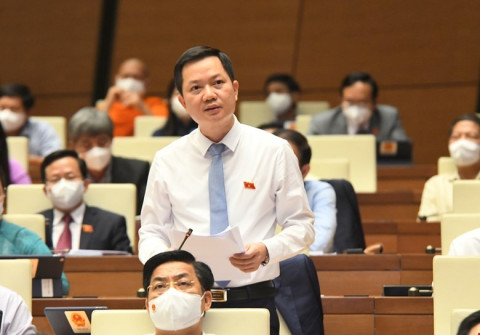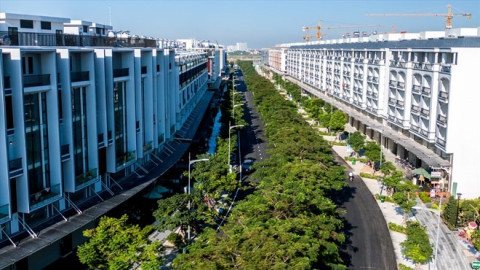Can Tho International Airport has received no recognition
- 42
- Enterprise
- 19:43 19/07/2022
DNHN - When international aviation was sluggish to revive, Vietnamese aviation gained impetus and speed following COVID-19. Profit from the potential to use the local market as a stepping stone to fast reopen the post-pandemic skies.
According to Vietnam Airlines figures, the number of passengers travelling through airports reached 40.7 million in the first half of 2022, a 56.8 per cent rise over the same time in 2021. International tourists were 1.8 million, while domestic visitors totalled 38.9 million, representing a 52.6 per cent increase.
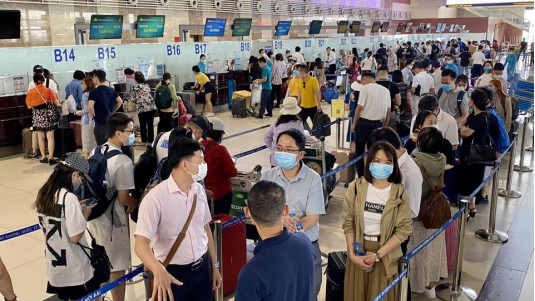
The aviation industry is making a stunning comeback, with significant growth momentum, which is a positive indicator of the economy's recovery. This is what the aviation industry has been hoping for and dreaming about for more than two years, since the Covid-19 outbreak. However, growing aircraft delays and cancellations are generating a lot of dissatisfaction for travellers, particularly at Tan Son Nhat, Noi Bai, and Da Nang airports.
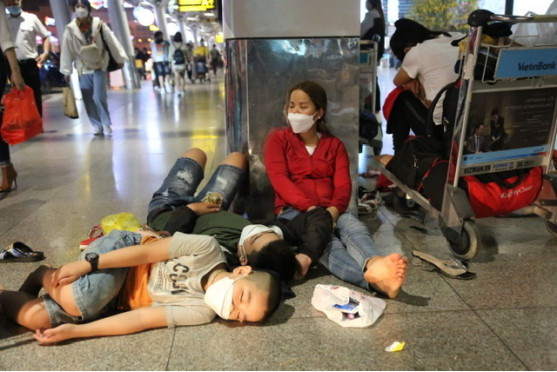
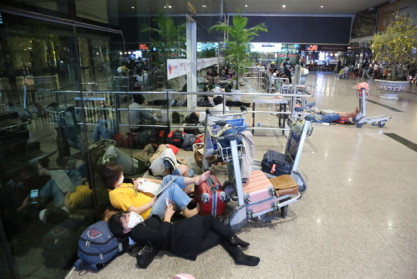
According to Assoc. Prof. Dr Ngo Tri Long, an economic expert, because the plane is the fastest mode of transportation, a delay of only a few minutes has resulted in significant financial and time losses. Especially in this day and age when everything is so pricey.
Knowing that there is a paradox: while travellers at other airports must wait due to delayed planes for different reasons, Can Tho International Airport has an empty path. Making approximately one hundred billion dongs in repairs is becoming a waste of money.
Can Tho International Airport's future is uncertain
The Trung Luong Expressway was just opened to traffic, although it was plagued by traffic congestion and people. Few would anticipate from the city. It might take up to 9 hours to get from Ho Chi Minh City to An Giang, Dong Thap.
Tra Noc Airport, established in the 1960s with a runway of 1800m x 30m, is Can Tho Airport's forerunner. Can Tho airport was directly administered by the Ministry of Defense once the South was entirely freed. From 1977 to 1978, this airport was mostly used for short-distance flights between Tan Son Nhat and Can Tho. Civil aviation operations at Can Tho were discontinued in mid-1978 until 30/03 April 1993, due to a low number of passengers.
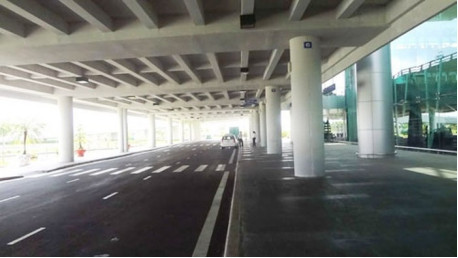
The project to restore and modernise Can Tho International Airport began in 2005 and was divided into two phases, with a total size of 85.04 acres and a passenger housing system with a capacity of 2 million people. Since 2008, total investment capital of 370 billion VND has been completed and put to use.
Phase 2 entails extending take-off and landing runways to 3,000m, constructing 19,000m2 domestic and international passenger terminals, cargo terminals, other auxiliary technical items, and investment capital. constructed in 2010 for less than 1,000 billion VND Can Tho International Airport opened for business on December 18, 2010.
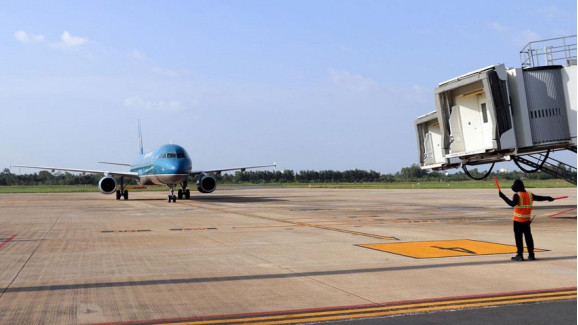
However, from its inception and usage, Can Tho International Airport has only served a few internal flights such as Can Tho - Ho Chi Minh City, Hanoi - Can Tho, and later Can Tho - Thanh Hoa, Phu Quoc, and so on, although the frequency is low. In terms of international flights, on the occasion of the New Year, a few flights from Taipei and Kaohsiung to Vietnam Airlines are chartered by Vietnam Airlines. Meanwhile, no foreign airlines have opened international services.
Recently, the CEO of a significant corporation in this country was pushing, "Can Tho International Airport is a squander due to inadequate service. Not only are no international routes available, but internal routes are also limited. Passengers from the West must travel to Ho Chi Minh City to fly to other destinations, particularly international flights. I believe that the Ministry of Transport should step in sooner rather than later to avoid the existing state of apathy."
The narrative of Can Tho World Airport being built and upgraded to international standards but serving just a few domestic flights, combined with a trillion dong of money that has not been well marketed, is worth considering./.
Van Khanh
Related news
Đọc thêm Enterprise
List of Vietnam’s 25 Best Workplaces 2025
Great Place To Work® has officially announced the 25 companies featured in the Best Workplaces in Vietnam™ 2025 ranking.
The ambitions of major enterprises in 2025
Major enterprises such as Dabaco, FPT, and KBC have set ambitious plans for 2025, demonstrating flexibility and sharpness in their business strategies.
What do domestic businesses need to overcome difficulties?
Strong and synchronized government support policies are crucial in helping Vietnamese enterprises navigate the current challenging period.
ACV achieved net profit surpassing VND 11,560 billion in 2024
Vietnam Airports Corporation (ACV) has recently announced its 2024 business results, reporting a net profit exceeding VND 11,560 billion, marking a 37% growth compared to the previous year.
Increasing taxes on pick-up trucks: The need to hear public opinion
The proposed tax increase on pick-up trucks is sparking debate. Many representatives argue that this decision could impact workers, businesses, and the domestic automotive market.
"The Vietnam-Korea Investment Cooperation Forum 2024 is a testament to the spirit of innovation and sustainable collaboration."
For Mr. Kim Ki-mun, Chairman of KBIZ, the Vietnam-Korea Investment Cooperation Forum 2024, scheduled for November 21, is not merely an event but also a testament to the spirit of innovation and sustainable collaboration between nations.
KBIZ's 60-year journey in building a solid foundation for South Korea's small and medium enterprise community
With over 60 years of establishment and development, the Korea Federation of SMEs (KBIZ) has emerged as a pioneering force in supporting the small and medium-sized enterprise (SME) community in South Korea.
What categories are included in the additional audit subjects?
On the morning of November 7, the National Assembly discussed the draft amendment of several articles across seven laws, with a particular focus on adding new audit subjects.
Institutional obstacles "tie up" enterprises and challenge economic growth
During a session discussing the 2024 socio-economic development plan, National Assembly deputies emphasized that institutional barriers remain a significant "obstacle" for businesses.
More than 1,000 new real estate businesses established in Ho Chi Minh City, transactions grow
In the first nine months of 2024, Ho Chi Minh City's real estate market witnessed the establishment of over 1,000 new businesses and recorded 1,600 property transactions, signaling a positive recovery trend.



